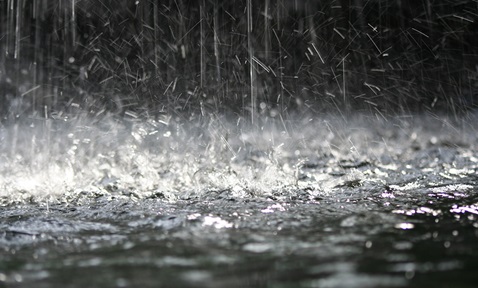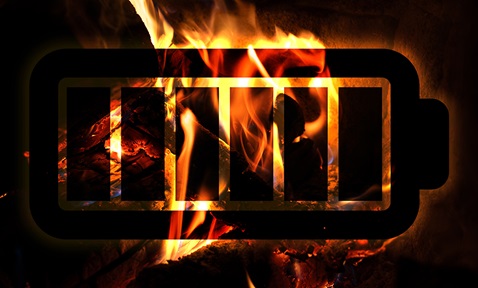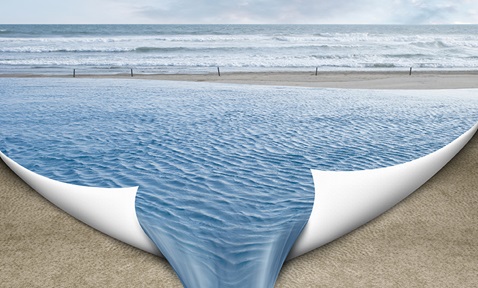
Microstructure Designs of Materials for Directed Heat Convergence and Divergence in Thermal Rectification
Synopsis
Thermal rectification technology enables directional heat transfer, yet it remains challenging to achieve with existing materials. This invention introduces microstructure designs of materials that allow controlled heat convergence and divergence microstructures within a single system. By leveraging complex thermal rectifiers for electronics, this invention supports advanced thermal management materials for applications in electronic packaging heat dissipation, energy harvesting and next-generation thermal diodes.
Opportunity
As electronic devices continue to miniaturise, managing heat efficiently has become crucial for device reliability and performance. Conventional materials lack the ability to control heat flow directionally, limiting their effectiveness in high-power-density applications. Next-gen thermal diodes and customisable thermal rectifiers for energy offer solutions for heat dissipation, energy savings and improved temperature regulation. The demand for thermal rectification technology is rising across various industries, from electronic packaging to sustainable cooling solutions, positioning this innovation as a key advancement in thermal management.
Technology
This invention enables macroscopic heat transfer control by designing microstructured composites with predefined heat convergence and divergence microstructures. Using a modular assembly strategy, various microstructure blocks are combined to direct heat along specific paths.
In the convergent state, heat is channelled through narrowed thermal conduction paths, concentrating thermal energy towards the centre. In the divergent state, heat is dispersed across a wider surface area, promoting uniform thermal diffusion.
The customisable thermal rectifier design allows for localised heat concentration or uniform distribution, supporting thermal rectifiers for electronics, next-gen thermal diodes and energy efficient cooling systems. The approach is adaptable to various material compositions or macroscale structures, making it a versatile solution for advanced thermal management materials.

Figure 1: Electron micrographs of the cross section of composites oriented with horizontal, tilted, and vertical microstructures and their fast Fourier transform images showing the high orientation level.
-schematics-showing-principles-of-asymmetric-heat-transfer-in-convergent-and-divergent-states-using-blocks-assembly.png?sfvrsn=ea48f39d_1)
Figure 2: Rational design of complex microstructures for thermal rectification effect. a) Schematics showing principles of asymmetric heat transfer in convergent and divergent states using blocks assembly. The directed heat transfers are indicated with red arrows. b) Schematics of various complex microstructure design examples for thermal rectification with different number of building blocks.

Figure 3: Schematics and infrared images of top surface of the thermal rectification material when heated from bottom surface. a) The convergent state showing temperature focalisation. b) The divergent state showing almost homogeneous heat distribution.

Figure 4: Thermal concentrator and thermal diffuser. a) Schematics showing the design and fabrication of the quartered cylindrical thermal rectification material in its convergent and divergent states. The inclined heat transfer paths following the tilted orientations at 𝜃 = 135° are indicated with red arrows. b) Infrared images of the designed material upon heating in convergent state with focalized heat at the centre. c) Infrared images upon heating in divergent state with uniform heat distribution across the whole surface.
Applications & Advantages
Applications
- Electronic packaging heat dissipation for enhanced device longevity.
- Thermal rectification technology for energy-efficient heat control.
- Energy harvesting and cooling systems for sustainable applications.
- Next-gen thermal diodes for controlled heat transfer.
- Thermal concentrators and diffusers for regulated temperature control.
Advantages
- Breakthrough in thermal rectification technology with directional heat control.
- Multifunctional states for localised heat concentration or uniform diffusion.
- Macroscopic heat transfer control with requiring external stimuli.
- High design freedom with modular microstructure assembly.
- Customisable thermal rectifiers by tuning microstructure design of materials.
- Applicable to other materials as a general, versatile design strategy for thermal management applications.


.tmb-listing.jpg?Culture=en&sfvrsn=29c7e020_1)

.tmb-listing.jpg?Culture=en&sfvrsn=3b74ec1c_1)
-and-the-coated-wood-(ntu-singapore).tmb-listing.jpg?Culture=en&sfvrsn=624bb80c_1)









